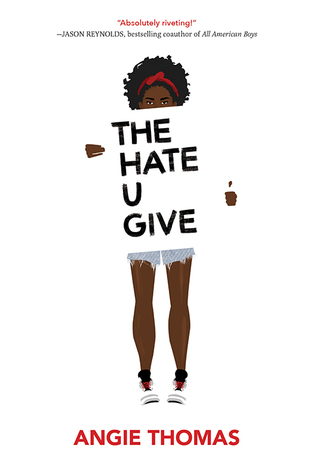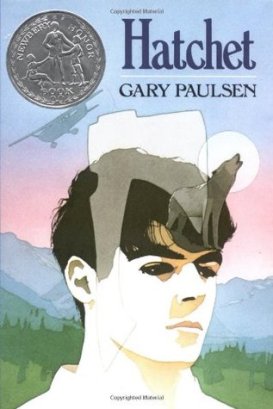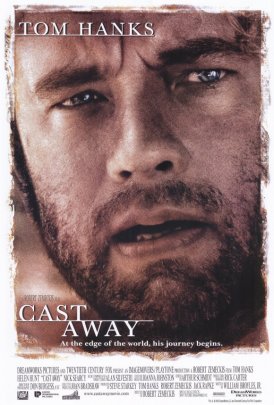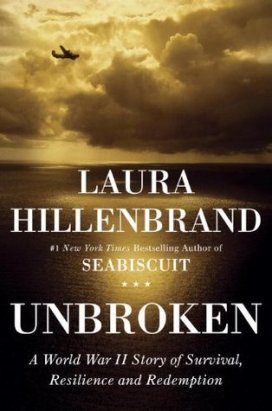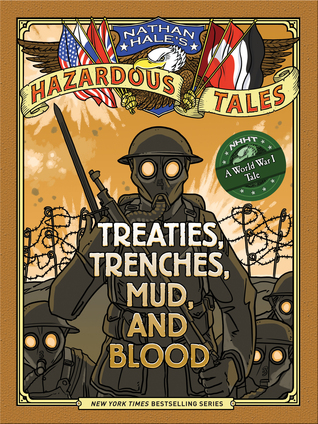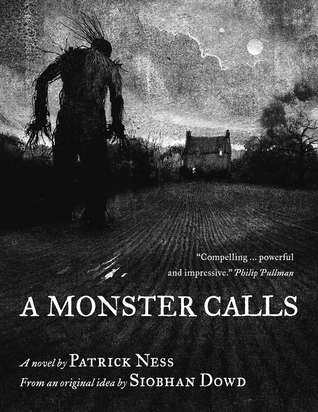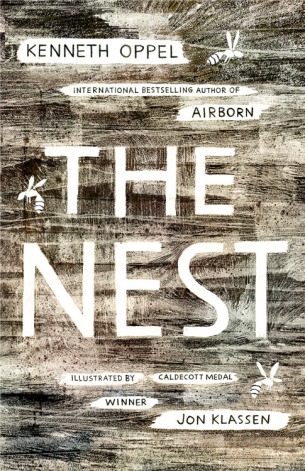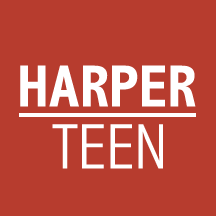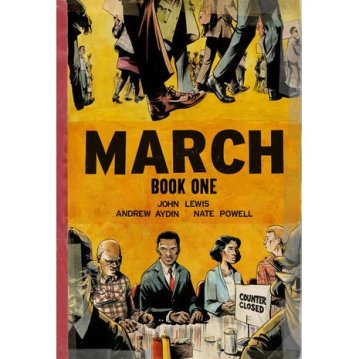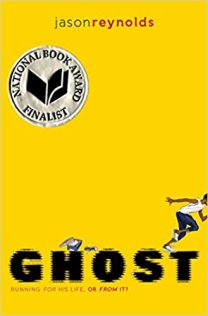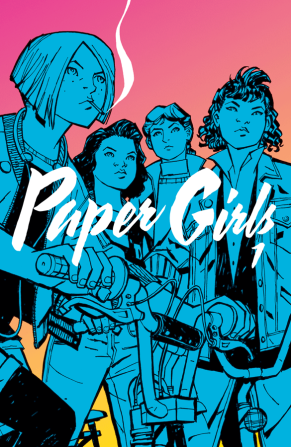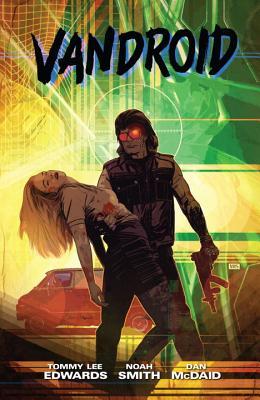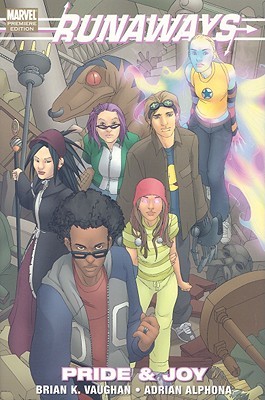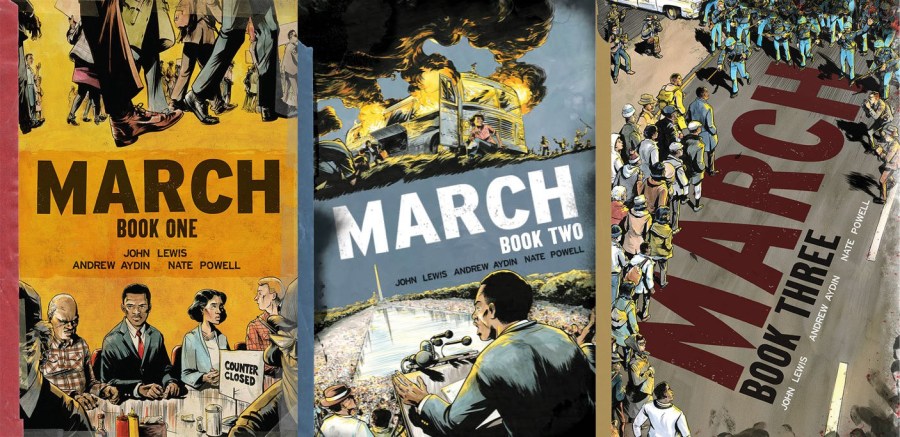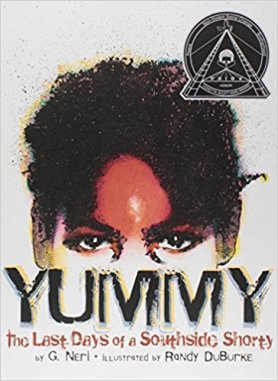
As a future teen librarian, my primary goal will be to serve and provide resources for the teens in my community: not the teens I hope they become, wish they were, or imagine that all teens are. My starting place in achieving this goal is to get to know the teens my library serves. Following Agosto’s (2013) advice, I would “include teens as much as possible in the process of designing and delivering teen library programs and services, and to make teens themselves our most frequent sources of research data” (p. 42). In practice, this would mean conducting field research in the very neighborhood for which I am developing the collection: talking to teens to determine “their goals for using library resources and services,” then talking to parents, teachers, and other relevant constituents in the community (Agosto, 2013, p. 45). Then, based on the library’s goals as defined by this research, I would go about curating the collection.
I anticipate that I will be serving in a neighborhood made up of a different demographic than the one in which I grew up. It will therefore be all the more important that I get to know my community and actively educate myself to make up for any gaps in cultural competence, as per the discussion in Hughes-Hassell and Stivers (2015).
Building a culturally aware collection around community- and teen-defined goals might mean eschewing popular collection development practices. As outlined by Rawson in Booth & Jensen (2014), simply curating a collection based on bestsellers and award-winners will often insufficiently reflect a diverse demographic and/or teens’ actual reading needs and desires (pgs. 97-104). Instead, I will need to be open to developing a truly diverse collection. My collection will therefore contain:
- Materials directly reflecting the teens I serve—both in terms of the characters in books and the types of informational resources selected.
- Diversity of genre for every reader (Booth & Jensen, 2014, p. 94).
- Diversity of quality and type of book: popular books that might be of low “critical” quality or provide no objective academic value are included if desired by popular demand (Booth & Jensen, 2014, p. 93).
- Materials from outside the given demographic to build empathy for and understanding of other communities and abilities (Rawson in Booth & Jensen, 2014, p. 98).
- Materials that support academic and other library goals as determined by “field research” with teens and local teachers, etc.
- Media other than books (e.g. video games, digital or maker devices for use in the library), based on meeting the goals of the teen community.
Such a collection may contradict the expectations of the adults in the community, but I will scrupulously guard against any form of self-censorship as I build and augment the collection. When materials are challenged, I will fiercely fight for their place in the collection using the Library Bill of Rights and a formalized Challenged Materials Procedure.
Instead of ignoring or living in denial of the multi-faceted online lives of teens, I will do everything in my power to continuously educate myself and embrace this part of teen culture in both the materials and programming.
In building this collection, I will consult an array of resources, including but not limited to: professional review media, awards lists, blogs, social media, teen choice awards and lists, and other media representing a broad spectrum of teen library services.
The resulting collection will be one in which every student sees him or herself represented in the available media, and in which the available media represents the teen’s needs and desires.
References
Agosto, D. (2013). “Envisaging Young Adult Librarianship from a Teen-Centered Perspective.” In Transforming Young Adult Services, edited by Anthony Bernier, pp. 33- 52. Chicago: Neal-Schuman.
American Library Association (1996). Library bill of rights. Retrieved from http://www.ala.org/advocacy/intfreedom/librarybill
Booth, H. & Jensen, K. (eds.) (2014). The Whole Library Handbook: Teen Services. Chicago: ALA. pp. 91-104.
Hughes-Hassell, S. & Stivers, J. (2015). Examining youth services librarians’ perceptions of cultural knowledge as an integral part of their professional practice. School Libraries Worldwide,21(1), 121-136.


